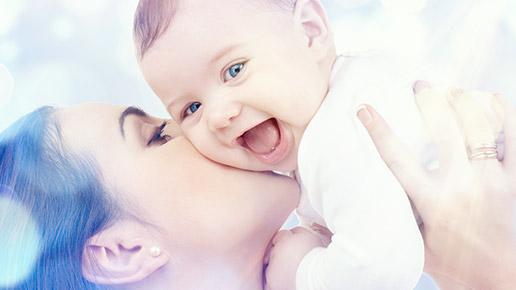
Our challenge is to turn the use of baby diapers, hygienic pads and incontinence products into an advantage also for the environment.
From now on, used diapers can be recycled and become street furniture and many other items of daily use; cartons for industrial packaging and fertilizer. The technological process of recycling, developed from Fater patents, generates plastic granules and high quality and completely sterilized organic-cellulose material, using steam for eliminating all potential pathogens and odors. From 1 ton of used products 75 kg. plastic and 225 kg. organic-cellulose material can be obtained.
The objective of the testing phase on industrial scale is to achieve an optimal level of efficiency that can confirm, even on a large scale, the expected data and tests. The testing phase provides for the possibility of working up to 1,500 tons per year, as per authorization of Regione Veneto.
IAmbiente Italia, leading group in research that operates in analysis, planning and environmental design, has validated the strong reduction of environmental impacts arising from the project through the method of Life Cycle Assessment.
Greenhouse gas reduction
The end-of-life of diapers becomes carbon negative, in fact not only it retrieves all greenhouse gas emissions generated by recycling, but it even generates a positive balance of 15 kg CO2 eq per ton.
For municipalities
Potential cost reduction of conferring to the recycler compared to the cost of conferring to landfill.
For the economy
New secondary raw material: from a ton of used diapers almost 75 kg of plastic are obtained, to be used in new manufacturing (street furniture, objects, etc.) and more than 225 kg of organic-cellulose material, to be used for the production of cartons for industrial packaging, or as fertilizer capable of returning nutrients to depleted soils and other applications with high added value.
For the citizens
Efficient recycling service for the fraction of used personal absorbent products at home, by using sealed containers in which used diapers can be disposed of.
the specific used diapers recycling can reduce volume and weight in the total dry residual fraction of waste for all families, considering that citizens are taxed depending on their waste volume.
the advantage of choosing diapers with the best performances without any compromises as to post-usage, that thanks to the recycling system becomes a plus. (see comparison of Life Cycle Assessment between washable diapers and disposable diapers).
What is better for the environment
Comparing disposable and washable diapers in a study conducted by ambiente italia certifications and awards
In comparing disposable and washable diapers with respect to the environment, the elimination of CO2 emissions from the end-of-life phase of the product through the recycling process makes the disposable diaper CO2 balance environmentally preferable,compared to the lifecycle of the washable product, especially if we consider efficient drying methods.
(Source: Ambiente Italia - environment analysis of collection and recycling of sanitary tampons - 2015) Considering the entire life cycle, from the production of raw materials to post-usage, the disposable diaper with recycling produces today emissions that are 19% lower than washable diapers.
From the substantial equivalence of environmental impact between disposable diapers normally disposed of and washable diapers, emerged from the analysis of a comparative LCA (Life Cycle Assessment) conducted by the British Ministry of Environment back in 2008, we now have, thanks to the innovative used diapers recycling system designed by Fater spa, a clear benefit to the environment resulting from the use of disposable nappies if collected separately and recycled.
Being in the business today means to Fater harmonizing a legitimate demand for growth with the awareness of being a responsible party.